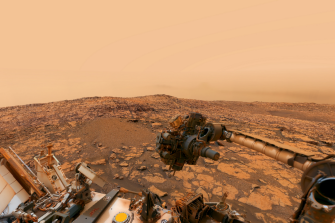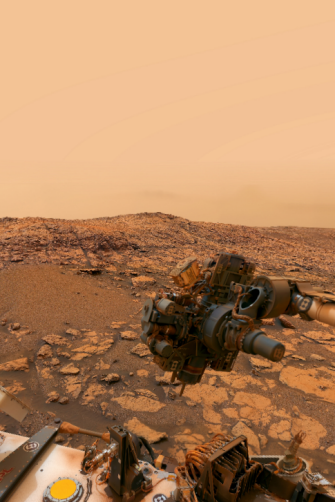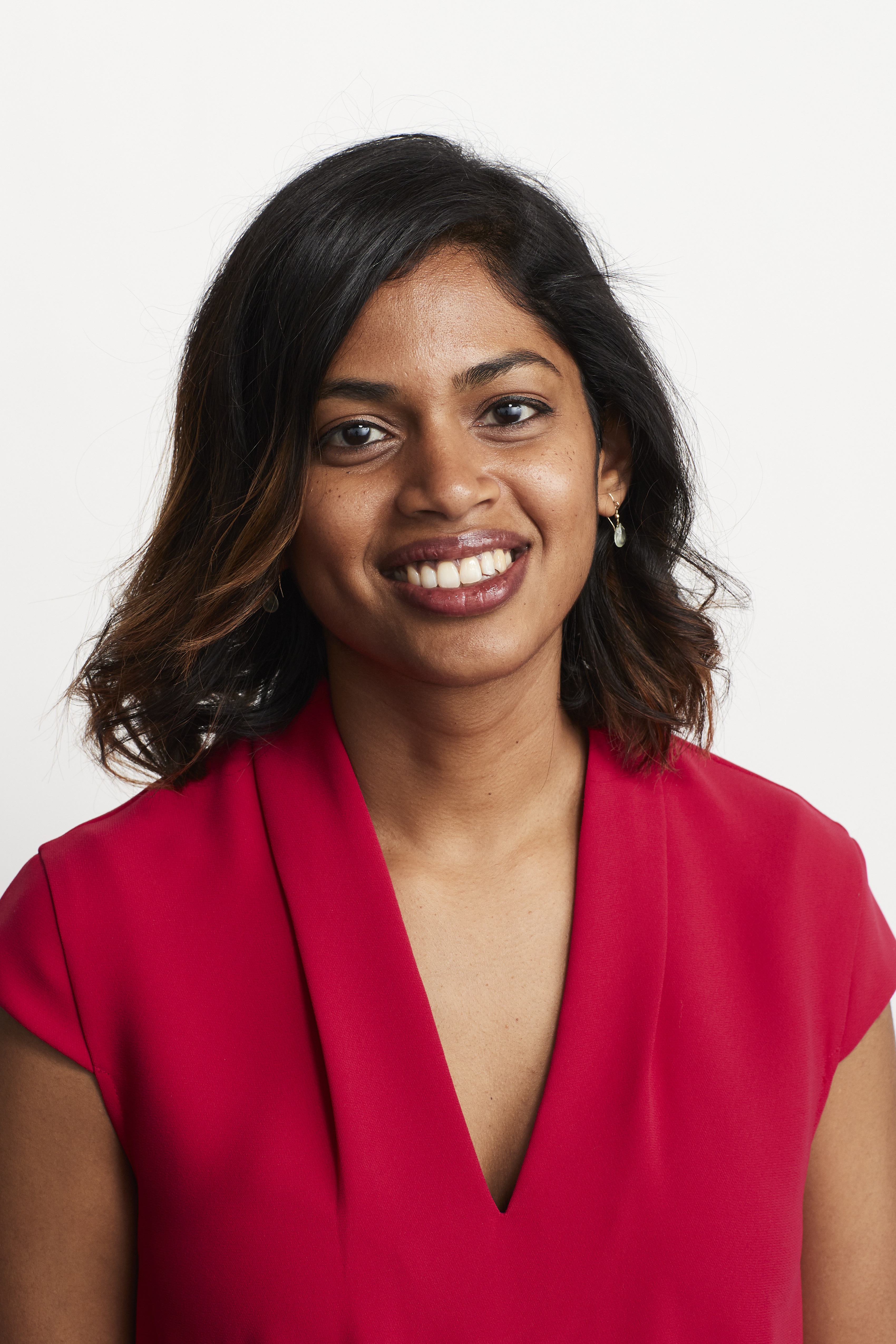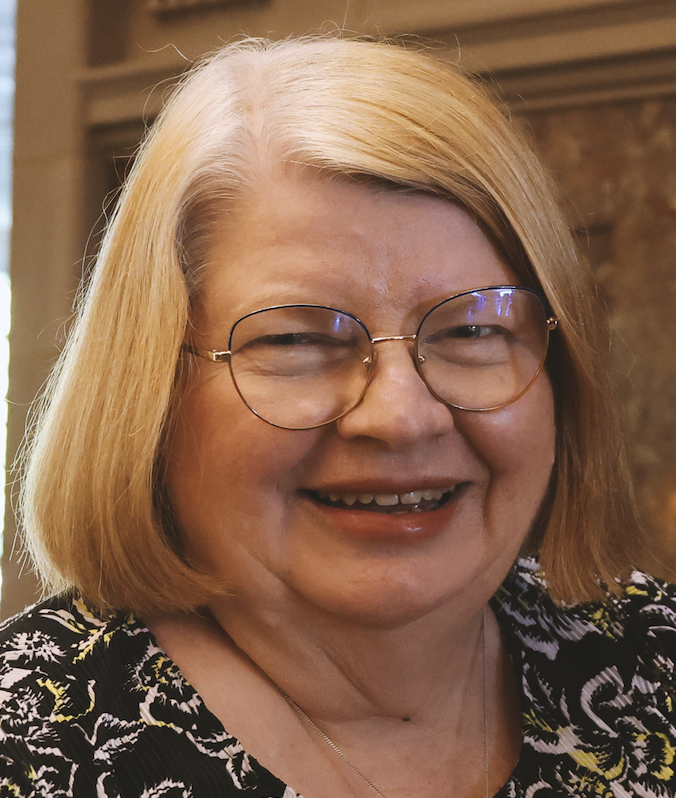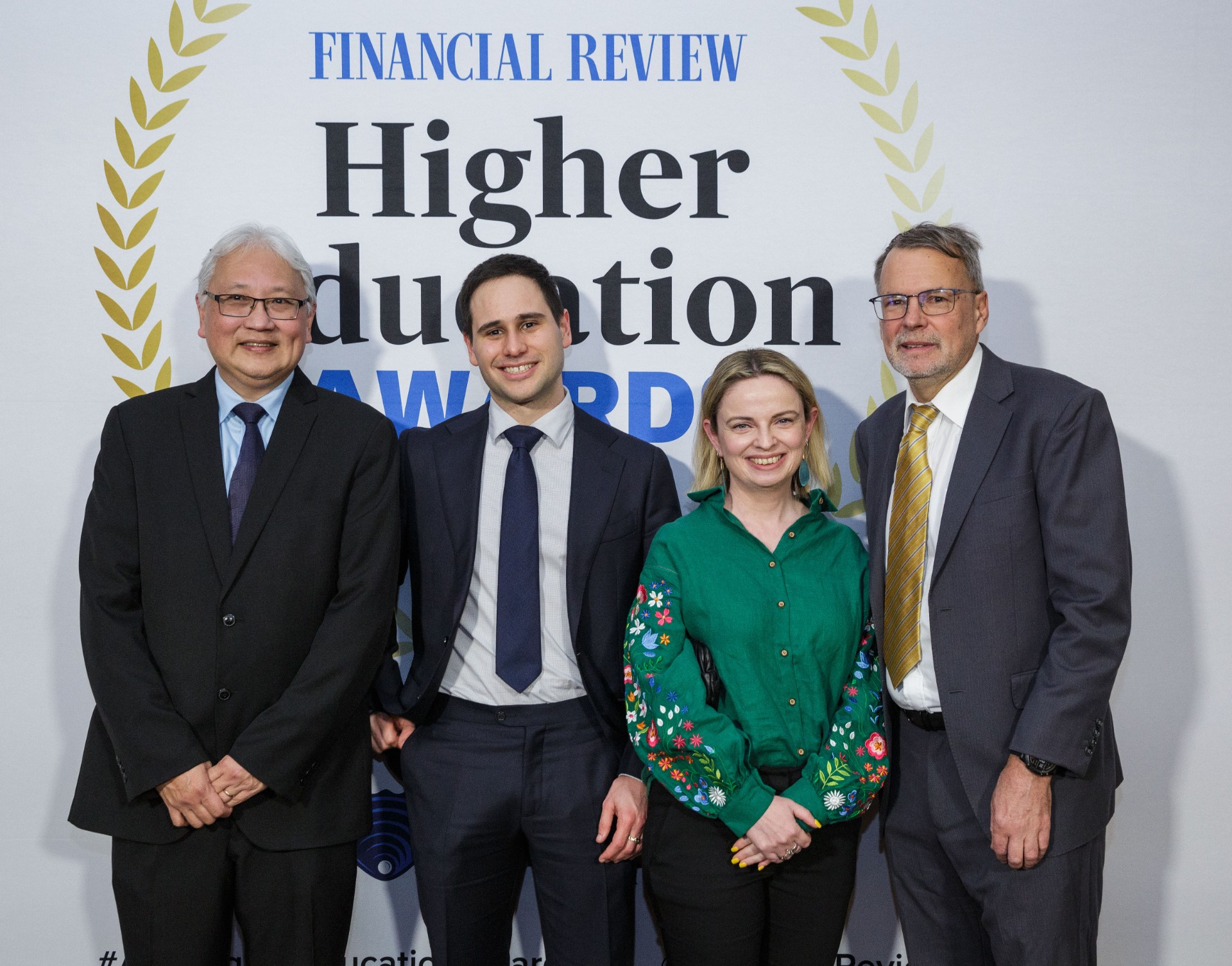The TALIA tool allows academics to create immersive virtual field trips quickly and easily, and at a fraction of previous costs.
A world-first tool developed by UNSW Sydney is changing the university education landscape, making it easier for staff to help students learn in virtual aeroplane cockpits, emergency rooms and remote locations, like the planet Mars.
Immersive laptop-delivered Virtual Field Trips (VFTs) are used in school and commercial settings, but the cost of developing a single trip can be up to $100,000. Each VFT needs to be created from scratch, with a lecturer communicating the specifications to a team of designers and developers who have the technical tools and expertise to create a unique virtual environment.
Professor Carol Oliver, who pioneered astrobiology immersive VFTs with NASA Learning Technologies in 2007, has since worked with the Media and Immersive Technologies team in the Pro Vice-Chancellor, Education portfolio to deliver a technological breakthrough: the design of the new Teaching And Learning Immersive Authoring (TALIA) tool.
TALIA is an intuitive digital gaming tool that allows lecturers in almost every discipline to create their own VFT, with no training required. The instructor gathers data, images, sound, video, documents and other digital artefacts. These are then digitally placed in a 360-degree virtual environment for students to discover and analyse as they explore.
“The critical deterrent for VFTs in the past has been the high cost. We clearly can’t spend $100,000 each time we want take students to a remote location,” Prof. Oliver said. “So, with little to no training, and a devotion of only a few hours at a time, teachers are able to incorporate virtually any type of learning resource into a VFT.”
UNSW is the only university in the world applying VFTs to tertiary education, Prof. Oliver said.
“These VFTs are built entirely for the pedagogy required in the higher education environment,” she said. “TALIA's successful development is a testament to UNSW's commitment to leveraging in-house innovation to bypass previous barriers.”
Video copyright : UNSW
Democratising education
Prof. Oliver, who teaches in the Faculty of Science at UNSW, said VFTs were not a replacement for physical field trips but rather ‘filled the gap’.
“It’s about equity and inclusion. I was hearing about courses in my own [Biological, Earth & Environmental Sciences] school where half the students don't go out on field trips because they can't. They're working, they've got family responsibilities,” she said.
“In some cases, the class might be too big, or the place is inaccessible. With VFTs, I can take students to places they can't go to. I can take my students to Mars.”
Prof. Oliver said the current literature showed there wasn't any difference between learning outcomes on a virtual field trip and a real one. “The real thing is always the best, but we can't always do that,” she said.
A recent study by Prof. Oliver has also highlighted the pedagogical value of VFTs, showing their capacity to engage students actively in problem-solving and enrich their learning experience.
In her astrobiology VFTs, Prof. Oliver asks students to use pen and paper to make their field notes as they explore the virtual landscape, just as they would during traditional field work.
“We found students were being far more critical about what they were collecting when they used paper field notebooks. And they submit their field notebooks as part of their assessment. This kind of critical thinking helps make VFTs ‘AI-proof’,” she said.
TALIA is currently used in several courses at UNSW, including astrobiology and geology. At UNSW Science’s School of Aviation, the tool is used to create a cockpit learning environment for trainee pilots. The emergency room at Liverpool Hospital in Sydney’s southwest has also been re-created for UNSW Medicine & Health students as part of their learning.
TALIA is being adopted at the University of Auckland, and new VFT collaborations have emerged with Georgia State University, the University of Edinburgh and NASA’s Jet Propulsion Laboratory.
“The great thing about our international collaborations is that we’re able to share visual data to make VFTs for our students and vice versa. We’ve also taken it a step further and paired students across the universities for a virtual exchange, so they have this opportunity for global education,” Prof. Oliver said.
Media enquiries
For enquiries about this story and interview requests please contact Stefanie Menezes.
Tel: +61 2 9065 3225
Email: s.menezes@unsw.edu.au


